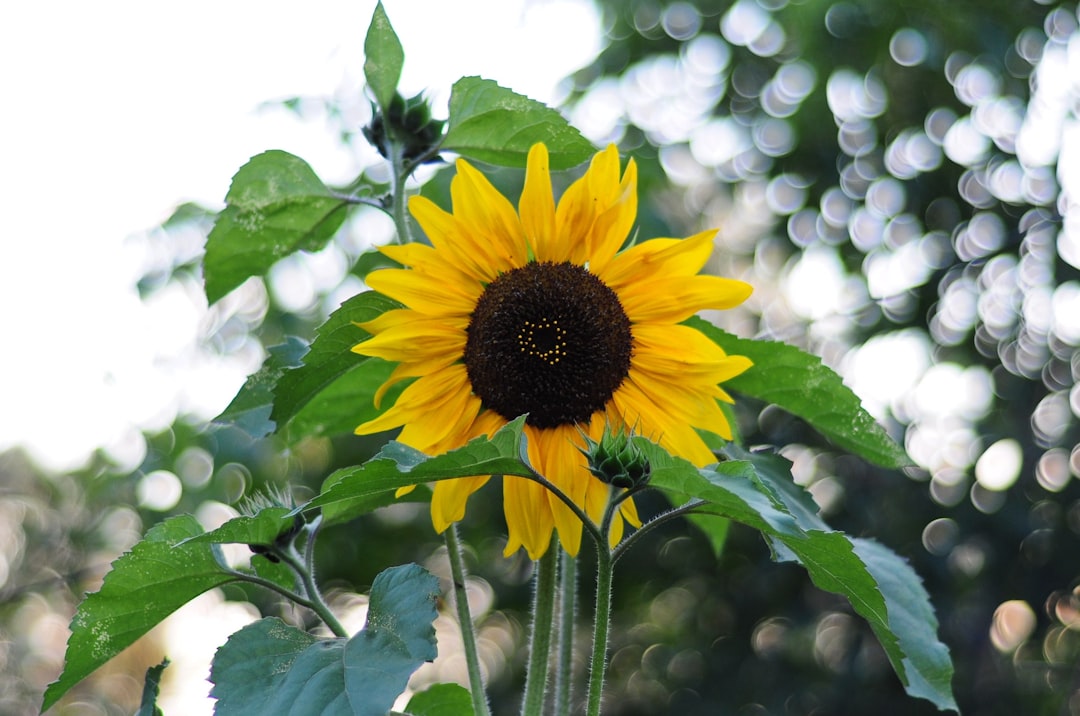Unveiling the Secrets of Canna Lily Care

The canna lily, a true gem in the world of flowers, is a heat - loving perennial that graces gardens with its vibrant tropical blooms. Its flamboyant flowers come in a spectrum of colors, from fiery reds and oranges to soft yellows and pinks, making it a show - stopper in any landscape. In this article, we'll delve deep into the care of canna lilies, including how to keep them thriving even in cooler climates during winter.
### Understanding the Canna Lily
Canna lilies are native to tropical and subtropical regions of the Americas. They are known for their large, paddle - shaped leaves that can add a touch of the exotic to your garden. The flowers, which bloom on tall spikes, are not only beautiful but also attract pollinators like hummingbirds and butterflies. These plants can grow anywhere from 2 to 8 feet tall, depending on the variety.
### Planting Canna Lilies
When it comes to planting canna lilies, timing is crucial. In most regions, it's best to plant them in the spring after the last frost has passed. Choose a location that receives full sun for at least 6 to 8 hours a day. Canna lilies thrive in well - drained soil that is rich in organic matter. Amend the soil with compost or well - rotted manure before planting to improve its fertility and drainage.
Dig a hole that is about 4 to 6 inches deep and place the canna rhizome in the hole with the eyes facing up. Space the rhizomes about 1 to 2 feet apart, depending on the mature size of the variety. Cover the rhizomes with soil and water thoroughly. As the plants grow, they will need regular watering, especially during dry spells. However, be careful not to over - water, as canna lilies are susceptible to root rot.
### Fertilizing Canna Lilies
To ensure healthy growth and abundant blooms, canna lilies need regular fertilization. Use a balanced, slow - release fertilizer at the time of planting. You can also supplement with a liquid fertilizer every few weeks during the growing season. Look for a fertilizer with a higher phosphorus content, as this will promote flower production. Avoid over - fertilizing, as this can lead to excessive foliage growth at the expense of flowers.
### Pruning and Deadheading
Pruning is an important part of canna lily care. Remove any dead or damaged leaves and stems regularly to keep the plant looking tidy and to prevent the spread of diseases. Deadheading, or removing spent flowers, will encourage the plant to produce more blooms. Simply cut the flower stalks back to the base of the plant once the flowers have faded.
### Overwintering Canna Lilies in Cooler Climates
In cooler climates, canna lilies are not winter - hardy. However, you can overwinter the rhizomes indoors to enjoy them again the following year. Before the first frost, cut the foliage back to about 6 inches above the ground. Carefully dig up the rhizomes, being careful not to damage them. Shake off any excess soil and let the rhizomes dry in a cool, dry place for a few days.
Once the rhizomes are dry, store them in a cool, dark place. You can place them in a box filled with peat moss, sawdust, or vermiculite. Make sure the storage area has a temperature between 40 and 50 degrees Fahrenheit. Check the rhizomes periodically during the winter to make sure they are not rotting or drying out. If they start to look dry, you can mist them lightly with water.
### Pests and Diseases
Like any plant, canna lilies are susceptible to pests and diseases. Common pests include aphids, spider mites, and Japanese beetles. You can control these pests with insecticidal soap or neem oil. Diseases such as leaf spot and rust can also affect canna lilies. To prevent these diseases, make sure the plants have good air circulation and avoid overhead watering. If you notice any signs of disease, remove the affected leaves and treat the plant with a fungicide.
### Conclusion
Canna lilies are a wonderful addition to any garden. With their vibrant flowers and tropical foliage, they can transform a dull landscape into a colorful paradise. By following the tips outlined in this article, you can ensure that your canna lilies thrive and provide you with years of beauty. Whether you're a seasoned gardener or a beginner, growing canna lilies is a rewarding experience that will bring joy to your outdoor space.